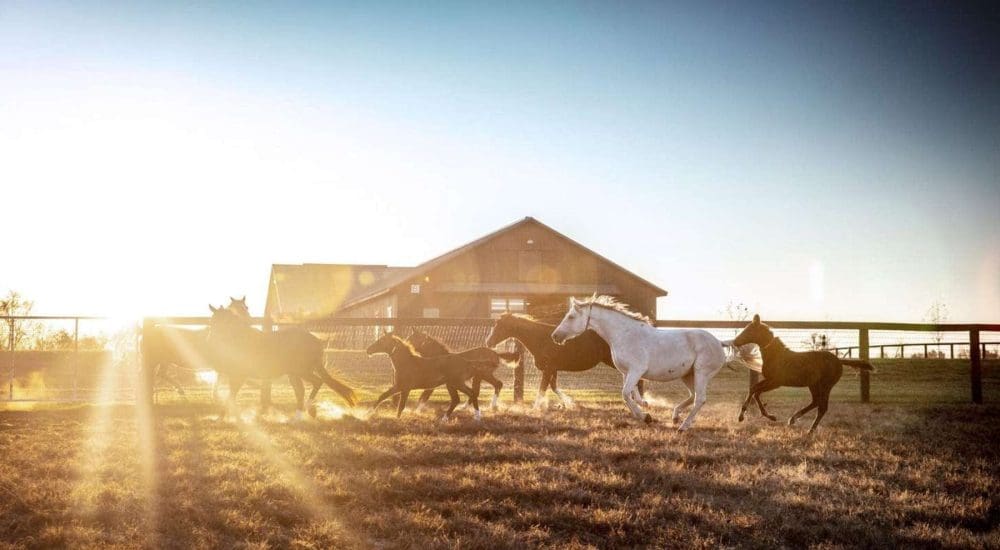
Contact
Population in Lexington with an advanced degree
Prime-age Labor Force Participation Rate
US population within 600 miles

Positioned at the crossroads of Interstates 75 and 64, connecting you to two-thirds of the U.S. population within a day’s drive.

Thrive in a vibrant ecosystem fueled by diverse industries, offering endless opportunities for growth and innovation.

Enjoy a welcoming community amidst scenic landscapes, vibrant culture, and world-class amenities, promising a quality of life like no other.
Struggling to locate a talent-rich region for your company’s expansion? Wondering where you can find a skilled and educated workforce to fuel your growth?
Worried about the escalating costs of business operations? Looking for a region that not only offers competitive business incentives but also makes financial sense for your bottom line?
Finding it hard to match a business-friendly environment with a high quality of life for your employees? Seeking a balance between what’s best for your company and what’s ideal for your team?
Tap into a wealth of data, research, and analytical tools to inform your business decisions and gain a competitive edge in the Greater Lexington market.
Maximize your business potential with access to a range of state and local incentives designed to support growth, investment, and job creation in Greater Lexington.
Navigate the Greater Lexington business landscape with confidence through expert guidance, market insights, and networking opportunities provided by our Business Explorer program.
Harness the region's robust educational offerings and workforce development programs to cultivate and retain top talent for your business.
The Bluegrass Region welcomes international companies seeking to establish or expand their United States presence. Currently we are home to companies from Australia, Brazil, Canada, China, France, Germany, India, Ireland, Italy, Japan, Liechtenstein, the Netherlands, New Zealand, the Republic of Korea, Singapore, Switzerland, and the United Kingdom.
Some international companies with a presence in the Central Kentucky area are –
For an extensive list of international companies located in Central Kentucky, click here.
Reach out to Greater Lexington's economic development team to initiate discussions and explore potential opportunities for your client's relocation needs.
Work closely with our team to assess your client's requirements, gather relevant information, and tailor a comprehensive relocation strategy that aligns with their goals.
Implement the customized relocation plan, leveraging Greater Lexington's resources, support services, and strategic advantages to facilitate a seamless transition for your client's business.



Relocation to Lexington, Kentucky ensures a strategic hub with prime location, skilled workforce, and vibrant business ecosystem — for unparalleled growth and success.

Not surprisingly, we believe Greater Lexington is one of the best places in the world. The numbers speak to the region’s success as a place to start or relocate a business, raise a family, or just enjoy life.

There are an abundance of site and building opportunities across the Greater Lexington Region.
On Wednesday, June 25, Piramal Pharma Solutions hosted a groundbreaking ceremony at the University of Kentucky’s Coldstream Research Campus, marking…
Kindeva, a global contract development and manufacturing organization, was joined by Lieutenant Governor Jacqueline Coleman and community leaders today to…
Commerce Lexington is proud to announce that it has been named a 2025 Economic Development Organization (EDO) of the Year…
(LEXINGTON, KY – March 6, 2025) – For the second consecutive year, Greater Lexington has secured a place in the…
Written By: Alex Stern, Economic Development Intern Published 02/06/2025 | Updated 02/07/2025 Biotechnology is a dynamic field that merges life…
Nearly 300 leaders from across the Greater Lexington region gathered for Commerce Lexington’s 2024 Regional Summit presented by Community…
Greater Lexington’s diverse economic ecosystem boasts thriving industries such as advanced manufacturing, technology, healthcare, agriculture, and equine. Clients benefit from access to a skilled workforce, strategic location, supportive business environment, and robust industry clusters, facilitating growth, innovation, and success in their respective sectors.
Greater Lexington’s diverse economic ecosystem boasts thriving industries such as advanced manufacturing, technology, healthcare, agriculture, and equine. Clients benefit from access to a skilled workforce, strategic location, supportive business environment, and robust industry clusters, facilitating growth, innovation, and success in their respective sectors.
Greater Lexington’s diverse economic ecosystem boasts thriving industries such as advanced manufacturing, technology, healthcare, agriculture, and equine. Clients benefit from access to a skilled workforce, strategic location, supportive business environment, and robust industry clusters, facilitating growth, innovation, and success in their respective sectors.
Greater Lexington’s diverse economic ecosystem boasts thriving industries such as advanced manufacturing, technology, healthcare, agriculture, and equine. Clients benefit from access to a skilled workforce, strategic location, supportive business environment, and robust industry clusters, facilitating growth, innovation, and success in their respective sectors.
Greater Lexington’s diverse economic ecosystem boasts thriving industries such as advanced manufacturing, technology, healthcare, agriculture, and equine. Clients benefit from access to a skilled workforce, strategic location, supportive business environment, and robust industry clusters, facilitating growth, innovation, and success in their respective sectors.
"*" indicates required fields